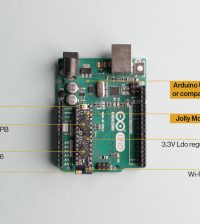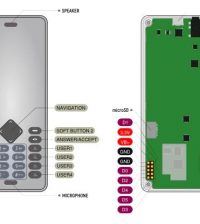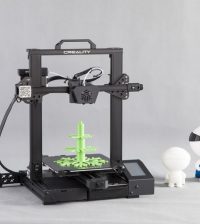- makeITcircular 2024 content launched – Part of Maker Faire Rome 2024Posted 2 weeks ago
- Application For Maker Faire Rome 2024: Deadline June 20thPosted 2 months ago
- Building a 3D Digital Clock with ArduinoPosted 7 months ago
- Creating a controller for Minecraft with realistic body movements using ArduinoPosted 7 months ago
- Snowflake with ArduinoPosted 8 months ago
- Holographic Christmas TreePosted 8 months ago
- Segstick: Build Your Own Self-Balancing Vehicle in Just 2 Days with ArduinoPosted 8 months ago
- ZSWatch: An Open-Source Smartwatch Project Based on the Zephyr Operating SystemPosted 9 months ago
- What is IoT and which devices to usePosted 9 months ago
- Maker Faire Rome Unveils Thrilling “Padel Smash Future” Pavilion for Sports EnthusiastsPosted 10 months ago
Nura: Headphones that learn and adapt to your unique hearing – most funded Australian project ever
https://www.kickstarter.com/projects/nura/nura-headphones-that-learn-and-adapt-to-your-uniqu
Nura is a new headphone that integrates unique soundwave technology to automatically measure your hearing (from the outer ear all the way to the brain) and adapt music perfectly to you. You don’t need to answer any tests either – just sit back and listen.
The most funded Australian project on Kickstarter, Nura asked for $100,000 and got $1,464,000. The idea is amazing, basing on the OAE – Otoacustic emission principle Nura is capable of measuring each people different acoustical response and equalize the sound to match perfectly the hearing profile:
Just like every human face and voice are unique, so too is the structure of everyone’s inner ear. These variations in anatomy result in us hearing sounds differently. There’s a very wide range in our sensitivities to different frequencies – normal hearing range is >20dB at each frequency (that’s about seven clicks on the volume button of a smartphone).
When soundwaves enter your ear canal, they vibrate the eardrum. These vibrations are transferred through a series of small bones to the cochlea – our favorite organ in the body.
The cochlea converts these vibrations to electrical signals which are sent to the brain. Our brain then interprets these signals as sound!
Incredibly, at the same time, signals are also sent back out through the ear creating a very faint sound. Yes, your ears create sound!
Nura uses a microphone to know exactly what sound went in, and also uses the same microphone to listen to the faint sounds that return from the ear. This makes Nura very different from any other type of calibration. It actually knows the response of the inner ear. The inner ear detection is performed using an adaption of OAE (otoacoustic emission).
The sound that is produced by our ears and detected by our headphones’ internal microphone is encoded with information about how well you actually heard the sound that went in.
Nura headphones connect to your smartphone. You press go, and they sweep through a bunch of tones for about 30 seconds. At the same time, they listen to the sounds your ear is making. By processing these signals it works out how well specific frequencies of sound got through to your brain. Once they know this, they sonically mould to match your ears perfectly and provide rich, balanced sound for you.
The headphones have also a 2-way speaker system, one driver for the mid-high and one for the bass frequency.
This is not, unfortunately, an open source project but i wrote about it since it can be really inspiring for the Makers: am i right? ;)















